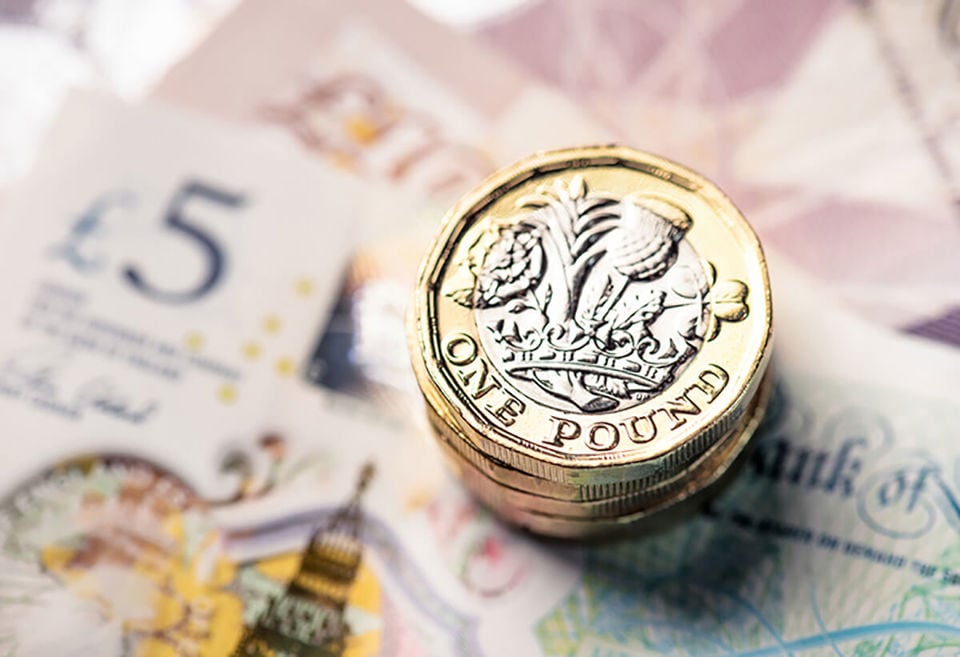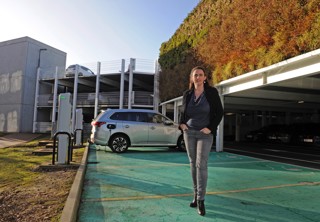The way the advisory electricity rate (AER) is calculated has been changed in order to better reflect prices when it is reviewed quarterly, HMRC has confirmed.
Previously, the rate used by many companies to reimburse electric company car drivers for business mileage had been based solely on an annual figure published by the Department for Business, Energy & Industrial Strategy (BEIS), and the electrical energy consumption values for each car model, provided by the Department for Transport (DfT).
HMRC will continue to use the BEIS and DfT data but will now incorporate figures published in the Office for National Statistics (ONS) quarterly index for domestic electricity, a figure which formed part of the Consumer Price Index, when it reviews the AER quarterly.
An HMRC spokesperson told Fleet News: “Using this methodology provides a more up to date guide for employers and employees to calculate what tax needs to be paid for electric car usage.
“HMRC keeps the AER rate under regular review and will be publishing further details on how it calculates the AER rate in due course.”
HMRC announced in November that the AER would increase from 5ppm to 8ppm from December 1, and the reimbursement rate would also be reviewed quarterly in line with advisory fuel rates (AFRs).
In 2017, the average cost of standard electricity in the UK was 14.4p per kWh and was used to calculate the first AER, which was introduced in September 2018.
The average per kWh price for electricity was 34p at the end of last year.
Just one in eight drivers (12.2%) thinks that the current 5ppm reimbursement rate reflects the true cost of charging an EV, according to a Fleet News poll.
Almost three-quarters (73.5%) of respondents believe it should be 10ppm or more, while one in five (20.2%) say it should be three times the current rate, with drivers receiving 15ppm to cover their charging costs.
























Login to comment
Comments
No comments have been made yet.